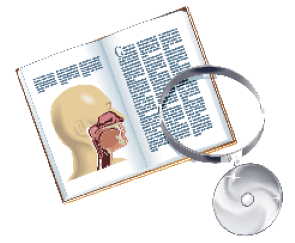Mastoidectomy may not improve otologic outcomes following perforation repair


Mastoidectomy may not improve otologic outcomes following perforation repair

The optimal regimen is weekly debridement until normalization, or at least stabilization, of the endoscopic exam

Evidence exists for employing both selective neck dissection and modified radical neck dissection in this setting

Partial tonsillectomy is equivalent to total tonsillectomy for the treatment of obstructive symptoms in children; however the outcomes are not standardized and many studies are limited

In many cases, LEMG can differentiate neural disruption from structural immobility and predict which patient will not recover vocal fold motion after a nerve injury

While there is no evidence that nasal surgery alone will improve objective measures of OSA, patients experience subjectively better sleep and quality of life following corrective nasal surgery

Computed tomography (CT) may be a better initial choice, but a dual approach is useful for a patient who may be a candidate for cochlear implant

Cartilage grafting has comparable postoperative hearing results to traditional fascia grafting in pediatric patients, as well as improvement in long-term closure of the tympanic membrane

Overnight monitoring is advised for patients with higher preoperative apneic indices, and/or cardiovascular comorbidities, and those undergoing tongue base surgery who may be at higher risk for respiratory complications

Delay in repairing mandible fractures post-injury can be associated with technical challenges and complications, but a delay of up to five days has not been shown to compromise outcomes in terms of bony union and occlusion.